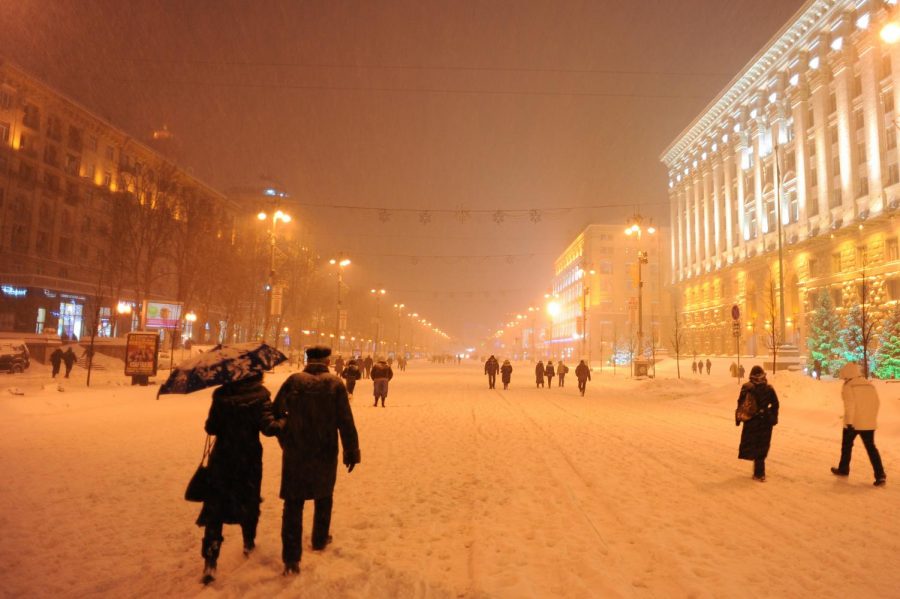Orange snow blankets Eastern Europe
Snow is an exciting experience that sparks wonder and glee. But once every five years (roughly) in Eastern Europe, something special happens that makes snow an even more joyous experience than before.
Orange snow. No, not yellow snow, and no, not plain snow– orange snow. This rare phenomenon is caused by sand from the Sahara Desert. During sandstorms, it mixes with rain and snow, and is later deposited elsewhere. This year Russia, Bulgaria, Romania, Moldova and Ukraine have experienced orange snow.
CNN said the sand went from North Africa to Greece, then into Eastern Europe. The Athens Observatory said that the recent transfer of dust and sand was one of the largest transfers from North Africa to Greece ever. Steven Keates, a meteorologist with the United Kingdom’s National Weather Service, said that once sand reaches the upper atmosphere it is able to spread. This year, the sand was able to be seen in a satellite image from NASA.
“Looking at satellite imagery from [NASA], it shows a lot of sand and dust in the atmosphere drifting across the Mediterranean,” Keates said. “When it rains or snows, it drags down whatever is up there, if there is sand in the atmosphere.”
The orange snow is quite the sight, and as a result a plethora of images have been posted on a variety of social medias. Several users have joked about “skiing on Mars” because of the funny color of the snow, and have also reported on tasting or getting sand in their mouths. Despite this, most people on the slopes haven’t seemed to be affected by the strange phenomenon, and continue to ski and snowboard without much of a second thought. However, there has been an effort to notify these skiers and snowboarders to exercise more caution because of the limited visibility.



